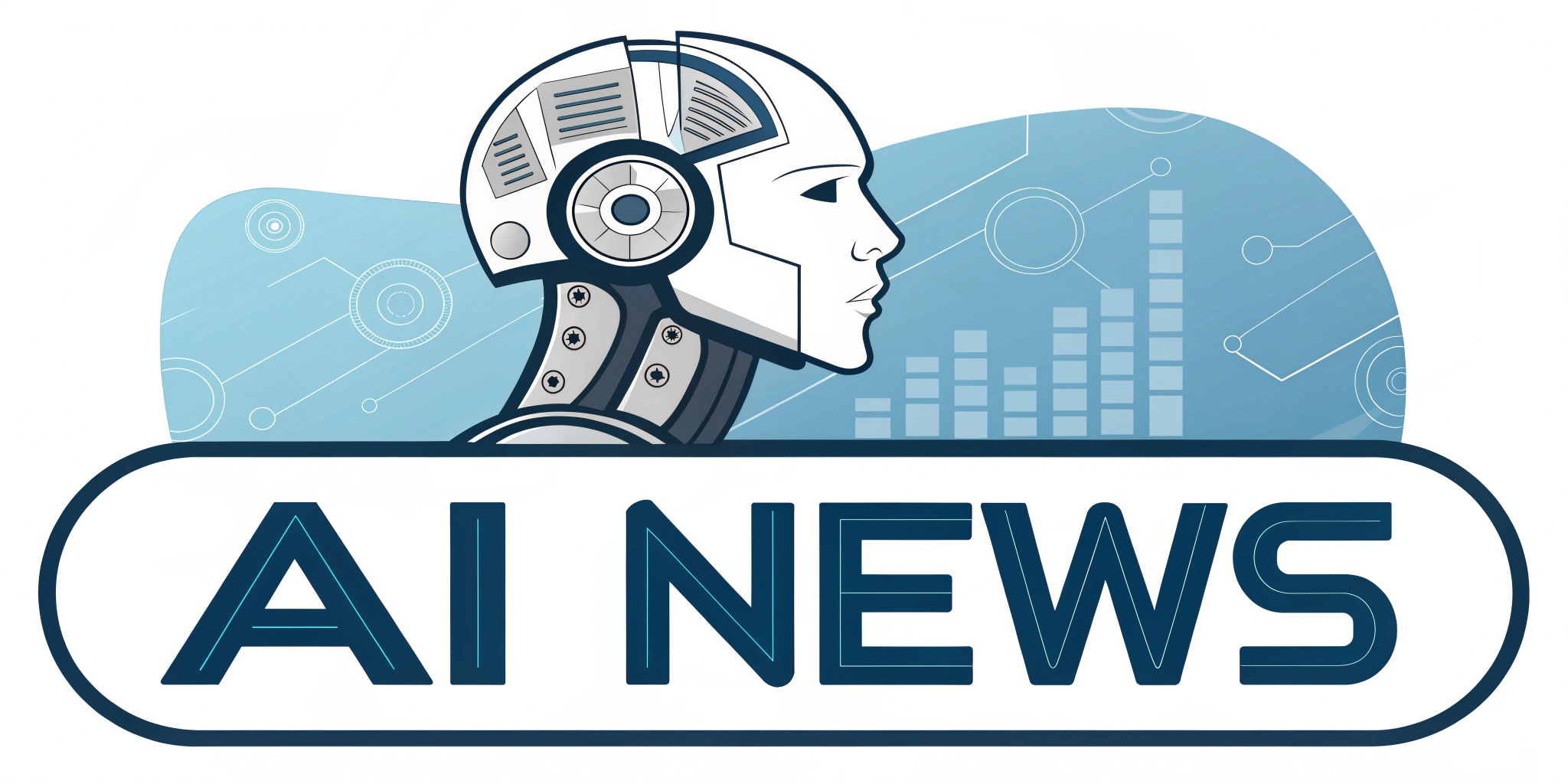In a recent discussion, a former Federal Reserve employee shared insights on the current economic landscape, particularly regarding potential interest rate cuts and their implications for the technology sector. With forecasts suggesting one or possibly two rate cuts this year, many investors are reevaluating their strategies, especially in high-flying tech stocks. The conversation highlights a significant shift in the semiconductor market, driven by what the speaker describes as a huge build-out fueled by increasing demand from both tech giants and foreign markets. The speaker argues that while some naysayers anticipate a peak in this hypergrowth phase, the momentum is likely to continue for years, citing the necessity for regular software updates and retraining within the tech ecosystem. As the dialogue unfolds, questions arise about how anticipated rate changes will influence market dynamics, emphasizing the interplay between long-term trends and short-term reactions among investors.

Understanding the Impact of Federal Reserve Rate Cuts on Tech Investments
The anticipated reduction in interest rates by the Federal Reserve tends to foster an environment where investors are more inclined to allocate capital toward growth-oriented sectors, particularly technology. Lower borrowing costs reduce the overall capital expenditures for companies, enabling enhanced investments in research and advancement, which are crucial for companies like Broadcom.Such an environment encourages tech firms to expand their operations more aggressively, particularly in areas like artificial intelligence, where rapid advancements and increasing demand intersect. The anticipated rate cuts not only boost stock prices but also catalyze strategic mergers and acquisitions within the semiconductor space, providing companies with the latitude to scale in a competitive context.
Moreover, tech investments thrive under favorable interest rate conditions, opening the door for innovation and expansion. As businesses adjust to an evolving economic landscape,they are more likely to invest in technologies that offer competitive advantages. This could lead to increased market share for semiconductor companies, especially those that are adept at harnessing AI capabilities. As the race for advanced technologies intensifies,tech giants will prioritize investments in high-performance semiconductor components to support their infrastructure,ensuring a significant rebound in capital flows towards these sectors. The intricacies of this dynamic point toward a promising horizon for companies ready to capitalize on these shifts and leverage advancements in AI.
The Long-Term Outlook for the Semiconductor Sector Amid Growing Demand
The ongoing surge in demand for semiconductors is being driven by transformative trends across various industries, particularly in artificial intelligence, cloud computing, and connected devices. Market analysts are projecting consistent growth as businesses increasingly turn to elegant chips to power their applications. This shift is highlighted by a few key trends shaping the semiconductor landscape:
- IoT Expansion: The proliferation of the Internet of Things (IoT) is creating a substantial need for specialized semiconductors that can facilitate real-time data processing.
- Automotive Innovations: Advances in electric vehicles and autonomous driving technologies are compelling manufacturers to incorporate more complex semiconductor solutions.
- 5G Deployment: As 5G networks continue to roll out globally, the demand for high-speed chips that can handle increased data loads is intensifying.
In response to these trends, industry players are investing heavily in production capacity and R&D to meet evolving consumer needs. Companies like Broadcom have positioned themselves at the forefront of these advancements, reinforcing their competitive edge through strategic partnerships and targeted acquisitions. This proactive approach not only places them in advantage for current projects but also enables them to better anticipate future demands in a landscape characterized by rapid technological evolution. As a result, the semiconductor sector is likely to experience unprecedented momentum, fostering innovation and growth well into the coming decade.
Strategic Investment Recommendations in a Shifting Economic Landscape
The semiconductor industry is poised for transformative growth,primarily driven by an urgent need for innovative solutions across diverse sectors. Key drivers include:
- Artificial Intelligence Integration: The surge in AI adoption necessitates high-performance chips that can process vast amounts of data, ushering in a new era where semiconductor firms are not just suppliers but essential partners in innovation.
- Cloud Computing Growth: With businesses migrating operations to the cloud, the demand for efficient and capable semiconductor architectures is expected to escalate, prompting substantial investments in data centers and infrastructure.
- Cybersecurity Enhancements: As digital threats evolve, semiconductor companies will increasingly focus on developing advanced chips with integrated security features, ensuring robust protection for sensitive data.
The forthcoming evolution will also trigger a competitive landscape where agility and responsiveness will be crucial. Companies must prioritize collaboration with tech giants to navigate the complexities of rapidly changing consumer demands. The focus will shift towards sustainability and energy-efficient solutions, as regulatory pressures increase. Investing strategically in R&D while capitalizing on data analytics will empower semiconductor firms to not only innovate but also tailor their product offerings to meet the unique challenges posed by emerging technologies. This proactive adaptation signals a bright future,where those who invest wisely in the current climate are likely to lead the next wave of technological advancement.
Balancing Technical Analysis with Personal Insights in Market Decision-Making
A nuanced approach to market evaluation involves integrating analytical frameworks with personal market perceptions. Investors are often swayed by both quantitative indicators and their subjective interpretations of industry movements. For instance,while technical charts might illustrate a climbing trajectory for semiconductor stocks influenced by AI advancements,investors may also weigh their own insights about market volatility and consumer sentiment. This personalized evaluation process is crucial, especially within the rapidly evolving semiconductor landscape, where technological developments can shift the ground beneath established trends almost overnight. Balancing these factors, investors should remain vigilant and open to both empirical data and intuitive foresight.
Moreover, the importance of maintaining an adaptable investment strategy cannot be overstated. As market dynamics evolve, driven by both technological innovation and macroeconomic shifts such as anticipated interest rate changes, investors must be ready to recalibrate their analysis. Staying attuned to market sentiment and leveraging insights from peer discussions or emerging trends can enhance decision-making effectiveness. As sectors like AI and semiconductors continuously redefine their boundaries,those who combine rigorous technical analysis with well-informed personal insights stand to navigate potential pitfalls more adeptly,ensuring a strategic advantage amidst uncertainty.























